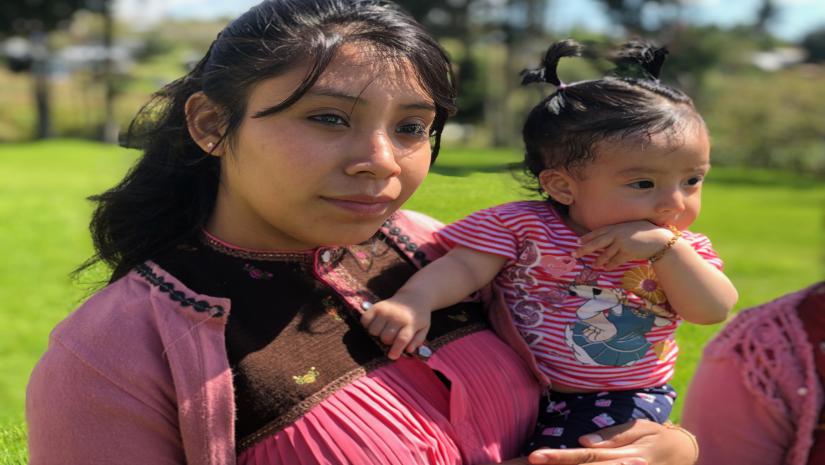Taking AeioTU Network to Scale in Mexico
Some infant development initiatives in the region have managed to offer quality stimulation and education for young children. But how could we generate synergies to amplify their impact not just in each country but throughout the region? This project acts on the principle that innovation requires collaboration. This is why it is sharing Colombia’s successful AeioTU educational model with Mexico with the aim to, following initial testing, take advantage of the lessons learned in this first exercise to replicate it at large scale. Based on a local-capacity-development training program, the AeioTU model principles will be implemented through a network, focusing on the availability of high-quality early childhood development and on positive interactions with families and the community. This innovative approach will provide information and lessons to help answer one big question: Is it possible to replicate an effective model in other countries? And if the answer is yes – how can it be adapted to local contexts?
Problematic
Children are a highly vulnerable population. In Mexico, the highest poverty rates are found among children of 2-5 years of age (55.2% poverty). In addition, only 60% of boys and girls under 5 attend an infant development program. According to Mexico’s National Survey of Boys, Girls, and Women (ENIM), 18% of boys and girls aged 36 to 59 months have inadequate levels of development in at least three of the following areas: literacy and knowledge of numbers; physical; and socio-emotional and learning. In the most vulnerable sectors of the population, the rate is even higher: 22%.
There are some international childhood development strategies that have proved effective. However, scaling up or replicating a model is a daunting task and will not necessarily yield the same results as the original. In the region, there is room for improvement in terms of learning about successful scaling up and replication of high-quality childhood development programs. In recent years, AeioTU designed a strategy aimed and replicating and scaling up its educational model through training and coaching of the staff that is in charge of childhood development services in centers. Although the AeioTU model has been subject to rigorous evaluations that can attest for its contributions in Colombia, its effectiveness needs to be put to the test in different contexts and cultures.
Solution
AeioTU has developed an education model inspired by the Reggio Emilia philosophy, which is considered the best model for early childhood education in the world. It has been successfully used in a variety of contexts, including both vulnerable and high-income communities in Colombia. Since 2010, thorough independent evaluations have shown that the AeioTU tuition model: 1) Closes the performance gap between rich and poor children; 2) Parents play more with their children and their interactions improve; 3) Maternal depression declines; and 4) Parents resort to positive disciplinary methods instead of taking punitive actions. All this has a major positive impact in terms of general children’s development, particularly in the areas of language and cognitive development.
In order to help improve the quality of the Community Centers for Childhood Assistance (CAIC) of Mexico’s Integral Family Development (DIF) system, the AeioTU model will be replicated by developing local capacities in five states, training a team of interdisciplinary instructors using a cascading scheme. With this local capacity development strategy, the project seeks to promote children’s development, have better educators, and foster the participation of the families in childcare in Mexico.
Evaluation and Impact
The project will conduct an impact evaluation of the effects of improved teachers’ practices and enhanced family participation on children’s development. It will also assess the processes to determine if the training and teaching practices are being employed according to plan and to gauge the effectiveness of the cascading training model for educators.
